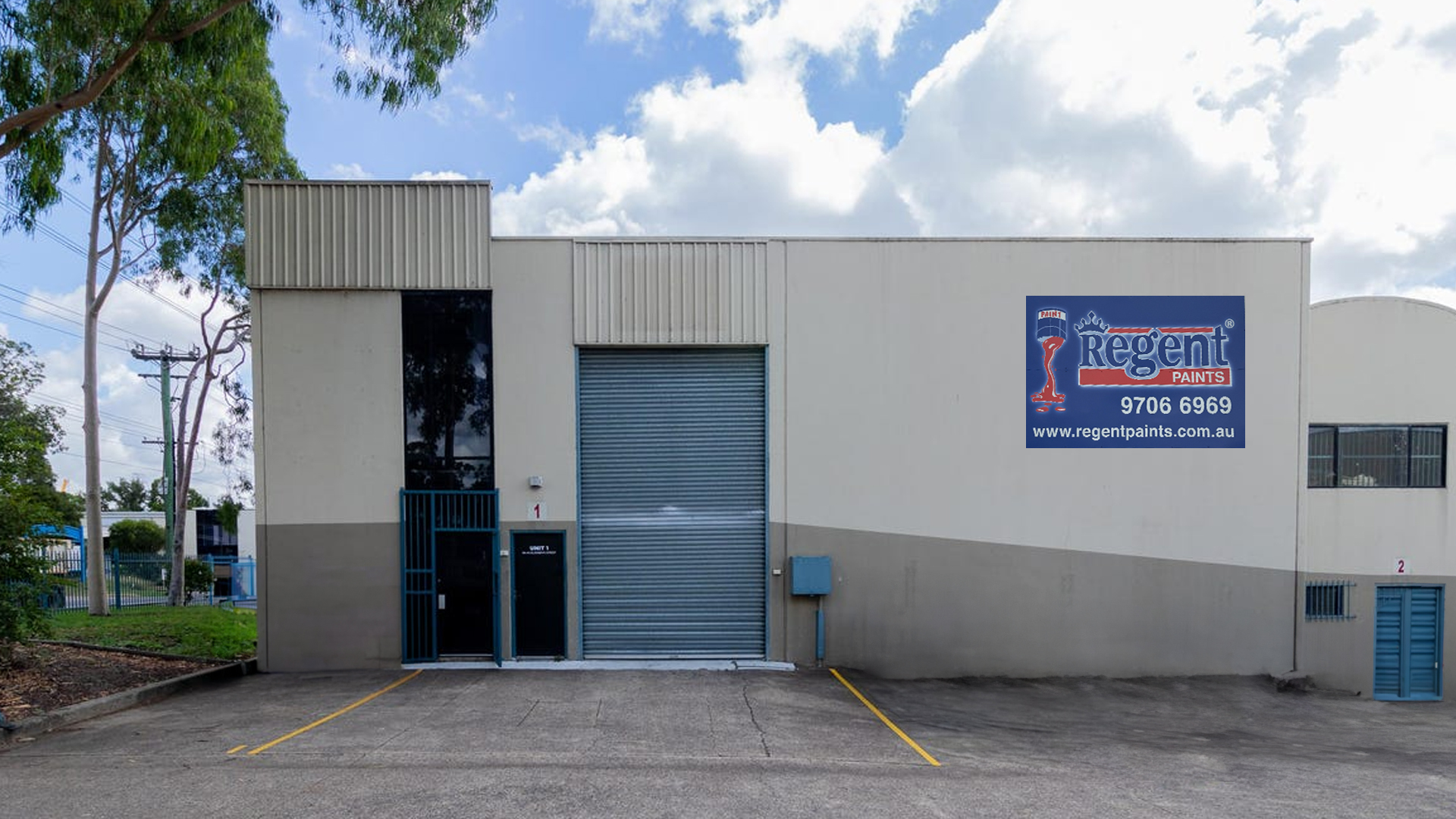 Sydney Branch
Sydney Branch Now Open!
1/38-44 Elizabeth Street,
Wetherill Park,
NSW 2164, Australia
 Sydney Branch
Sydney Branch The Aussie sun is particularly powerful and its solar energy develops a whopping heat accumulation in your roof cavity, which then transfers into the rooms below, despite insulation or batts.
Regent Paints now produces Tileguard® Heatguard, supplied in a full range of colours, to combat this heat absorption. Industry standards measure the heat reflective properties of roof coatings in terms of Total Solar Reflection (TSR).
What is TSR? (Total) Solar Reflectance is the ability of a material to reflect solar energy from its surface back into the atmosphere. TSR values vary from 0-100, where a value of 0 indicates that the surface absorbs all solar energy, whereas a value of 100 indicates total reflectance.
TSR can be measured in various ways; typical standards include ASTM C1549 and E-903-96. Most standard methods generally yield similar results.
In the real world, TSRs vary from 89 (white) to about 4 (black) for conventional pigments. Generally, the lighter the colour, the higher the TSR. Hence, on a hot, still, sunny day, the tiles on the white roof will be much cooler than those on a black roof. Whether or not this difference translates to an energy cost saving depends on various other factors, including the presence and type of insulation in the roof, building construction type, etc.. On a cold, cloudy wet winter’s day, one would expect little difference between a black and white roof.
Heat Reflective pigments come into their own when darker colours are preferred. For example, while a conventional black pigment has a TSR of about 4, a heat reflective black can have a TSR as high as 26 – clearly a large difference. Note that there is no such thing as a heat reflective white – a conventional white pigment is the highest TSR you can get.
Heat reflective (HR) pigments are expensive and can’t be made in all colours – for example, there is no such thing as a heat reflective red. As such, colour matching can be more difficult.
At Regent Paints, we have tables which compare the TSR values of standard (conventional pigment) colours with their heat reflective equivalents. From the TSR difference, we can estimate how much cooler a painted tiled roof is likely to be in summer if HR pigments are used.
Again, if you want a cooler roof in summer, choose a lighter colour. If you want a darker colour, we can give you some idea how much cooler your roof will be if you choose HR pigments – you, the customer, need to decide if the extra cost is warranted.
A full range of our standard colours using HR pigments is available, and we can match new colours to order if required.
High solids 100% acrylic water based coating designed to maximize heat reflection with most types of roofing surfaces.
Recommended for airless spraying on to most roofing surfaces which have been previously primed or sealed.
Should be applied 2 coats for maximum heat reflection.
Not recommended for application below 14°C or over 32°C air temperature. It is also important for the surface temperature to be above 10°C and not exceed 45°C. This is particularly important when coating metal roofs. If the roof surface gets too hot it will cook the coating before it has a chance to start the curing process, which can affect adhesion and long term durability.
As a general rule for all surfaces: “If the roof is too hot to touch, it is too hot to paint”.
Excellent adhesion to most primed or sealed roofing surfaces.
We can only guarantee the quality of our products to the point of despatch as the use of our products is beyond our control.
The information on this page is based on data obtained from our suppliers which we believe to be reliable. It is intended as a fair description of our products. We offer the data in good faith but cannot guarantee the accuracy of the information obtained from our suppliers as it is beyond our control.